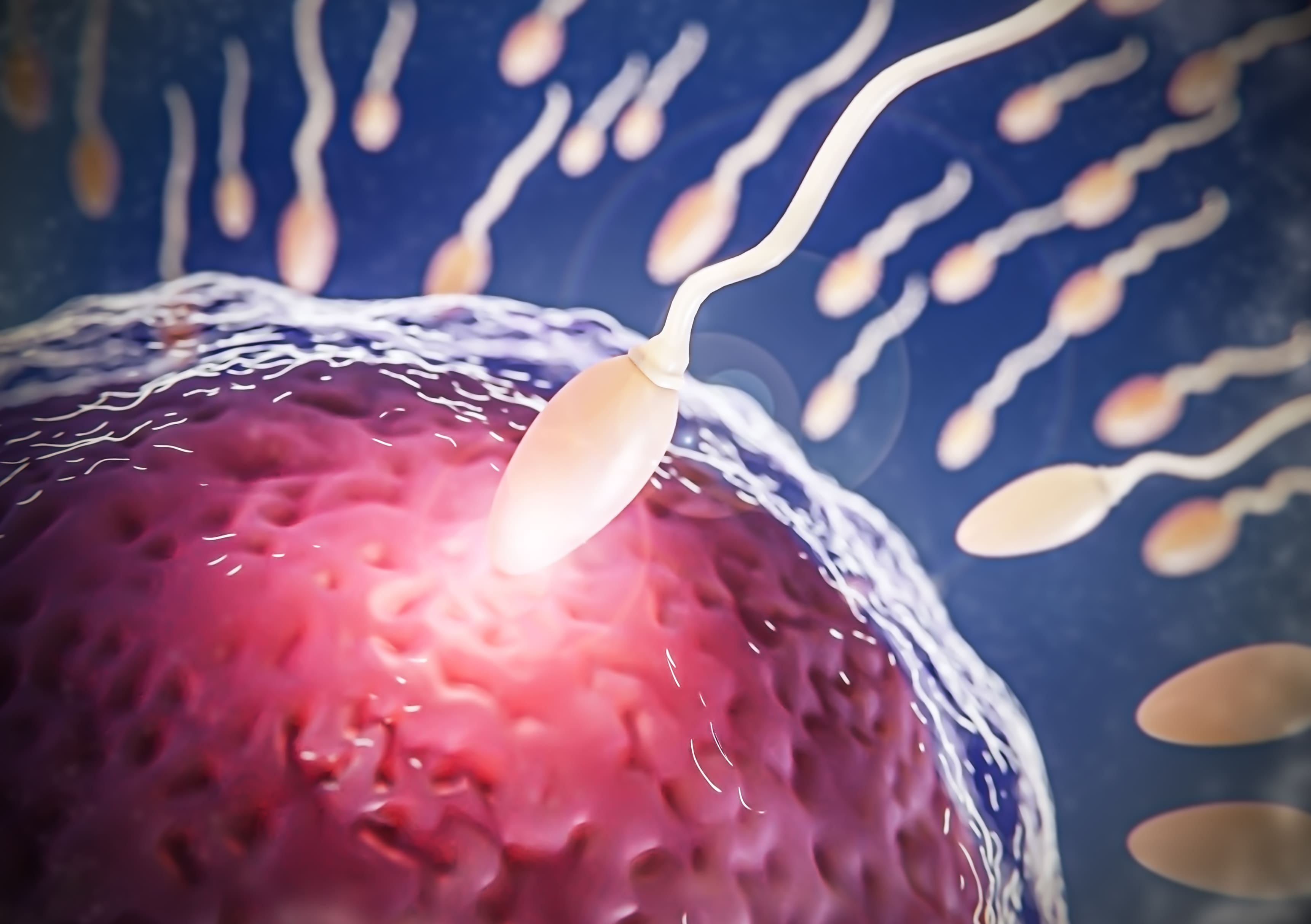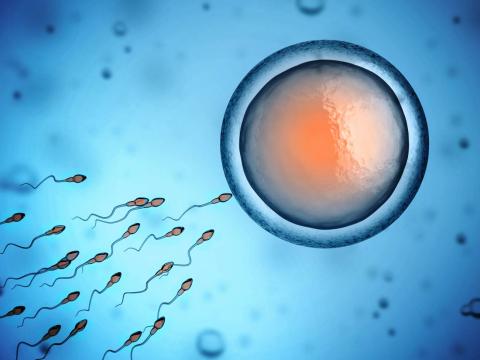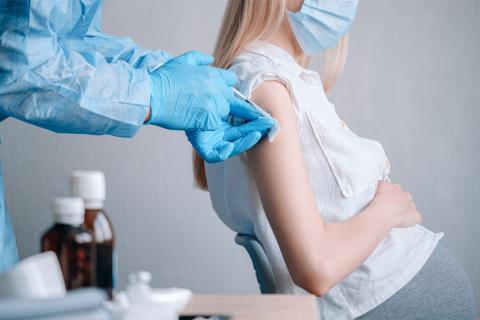Reactions: Sperm donor sued amid claims that he fathered 550 children
A sperm donor in the Netherlands has allegedly fathered more than 550 children in at least 13 clinics in the Netherlands and other countries. One of the mothers of these children and the Donorkind Foundation (Netherlands) have sued him. In Spain, there is a national registry of gamete and pre-embryo donors, and the law on assisted human reproduction techniques does not allow more than six babies to be born from the same donor.

Rocío Núñez - donante esperma EN
Rocío Núñez Calonge
Scientific Director of the UR International Group and Coordinator of the Ethics Group of the Spanish Fertility Society
Before a national donor registry was set up in Spain, a donor could donate in more than one clinic, as not all donations could be accurately controlled. Therefore it was possible to exceed the legal limit of six children [born per sperm donor]. However, it is almost impossible that one donor could have produced a number of children as high as this donor did in the Netherlands. Donors are interviewed beforehand and if they have donated in another centre, they are rejected.
The problem that has occurred in Holland is the absolute lack of control: the sale of their sperm on the internet, or clinics that did not inquire about the number of previous children and donations.
Even before the registry existed in Spain, donations were carried out in a controlled way, in authorised clinics and with the fulfilment of numerous medical and legal requirements. Sperm samples cannot be bought online. It is a different matter what women do "on their own", without control, which brings with it a series of risks.
In Spain, the control system, called SIRHA (Sistema de Información de Reproducción Humana Asistida), is a computer platform set up by the National Health Service that registers all the activity associated with Assisted Reproduction Techniques in all reproductive medicine centres nationwide, including the National Registry of Gamete and Pre-embryo Donors.
With this system, each donor who comes to an assisted reproduction centre is registered and identified with a unique donor code. This code is the same for any clinic where you donate, so you cannot go to several clinics with different identities.
When you have been accepted as a donor, after passing medical and psychological tests, the platform assigns each donation a unique donor code (European coding system). The function of this identifier is to be able to trace the origin and final destination of the donated gametes, always safeguarding the anonymity of the donor and recipient patient with appropriate electronic security measures.
In addition, this tool provides information on each donation and the children born in each centre.
Rita Vassena - donante esperma
Rita Vassena
Co-founder and CEO of Fecundis, a company developing assisted reproduction treatments, and previously scientific director of the Eugin Group
In Spain, for more than 20 years, the number of descendants that a donor can have has been set at six; the reasons for this are both population-related (to avoid creating families between half-siblings) and health-related (if donors suffer from a late-onset genetic disease, the number of people affected in the following generation will be limited).
The SIRHA (the Information System for Assisted Human Reproduction), i.e. the registry of the Ministry of Health, will, when fully functional, make it possible to trace every sample, every treatment and every donor, and will prevent events such as those in the Netherlands from occurring. In fact, a unique traceability code is assigned at European Union level and an alarm would be triggered even if the person moved abroad to donate in another country. This system will be fully operational and mandatory in the coming months. However, for decades now, clinics in Spain have been keeping a record of donations and the children born from them and, in case of doubt or suspicion, they share this information with other establishments. By means of a regular feedback system to the sperm and egg banks, donors are withdrawn from circulation as soon as the quota is reached.



